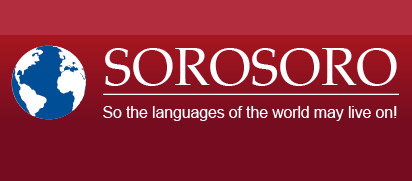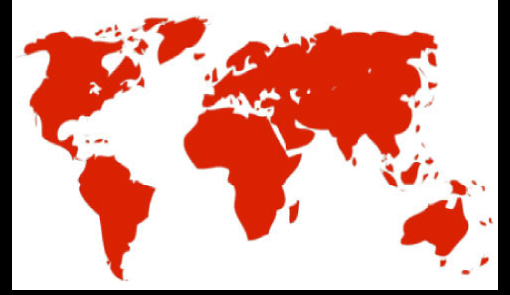Print  |
|


January 29, 2011: “Âs Nutayuneân”, a documentary on Native American Wôpanâak language, to be screened at International Film Festival in Santa Barbara, USA
The Santa Barbara International Film Festival this year will honor the Wôpanâak language, one of the oldest languages in the United States (also known as Massachusetts or Wampanoag language), with the screening of Anne Makepeace’s documentary “Âs Nutayuneân“.
This film, produced in part by the American program Cultural Survival, shows how in the mid 19th century English supplanted Wôpanâak, the Amerindian language spoken by the inhabitants of New England, in the North-East of the United States. Its decline began in the 17th century as violent epidemics fell upon these indigenous people, and accelerated with the arrival of English colonists and the American Revolution.
But the film focuses principally on the language’s ongoing revitalization in Massachusetts, initiated in 1993 by the Wôpanâak Language Reclamation Project (WLRP), and conducted through second language acquisition curriculums for adults, a “no English” curriculum for all ages and immersion camps, in the few communities that still exist: Aquinnah, Assonet, Mashpee, Herring Pond… Many teachers, students and other supporters of WLRP testify in this documentary, which took three years of research and filming.
An important figure in the film is Jessie “Little Doe” Baird, of the Mashpee community. This energetic activist is one of the major contributors to the survival of Wôpanâak and her wish is to see the descendants of the Wampanoag speak fluently their ancestral language and use it as a language of communication.
For the record, Wôpanâak is iconic for having being the first Native American language in which the Bible was translated, in 1663 by missionary John Eliot. It belongs to the Algonquian family, one of the numerous families the 300 Native American languages are related to. Many have disappeared, and most of those remaining are in danger of extinction.








